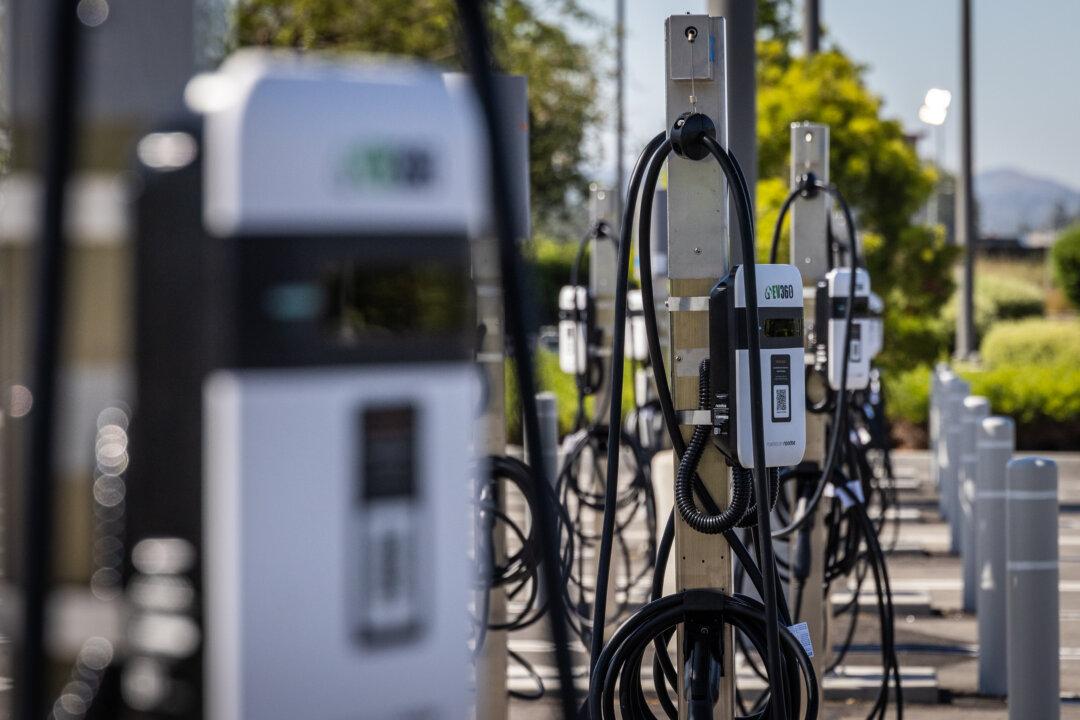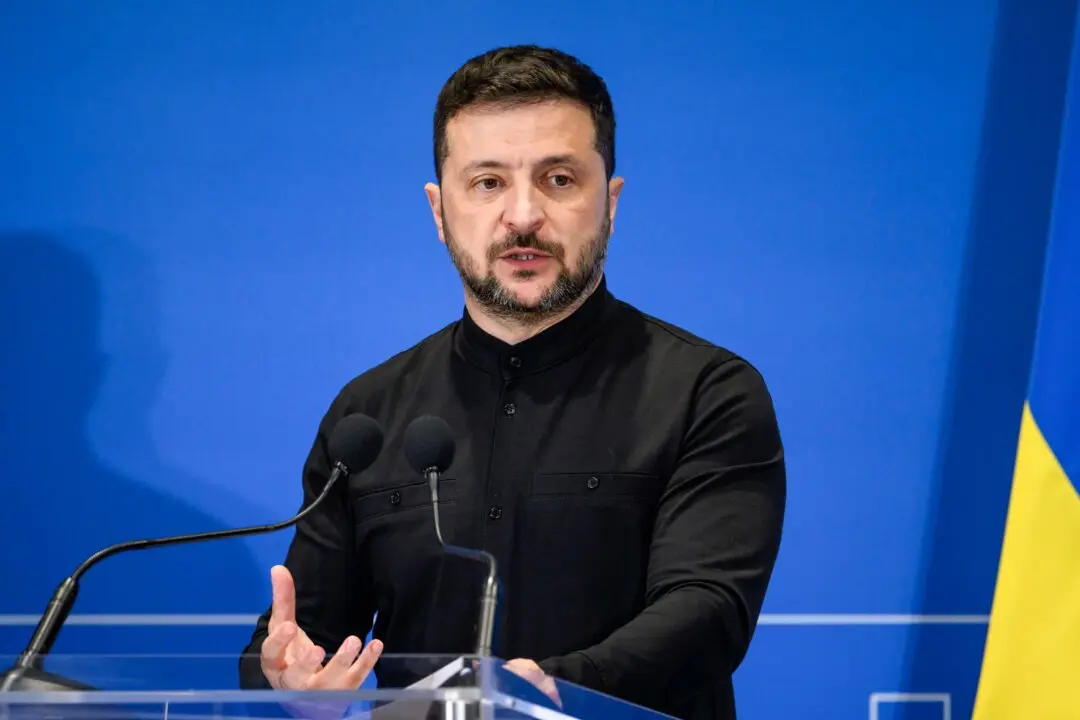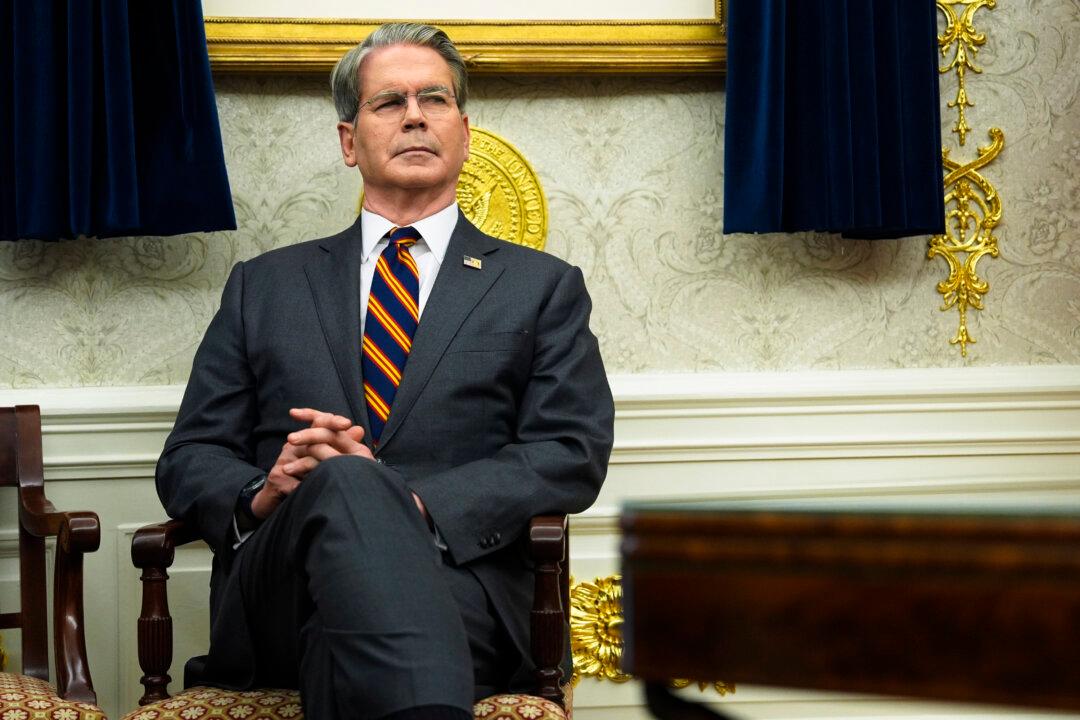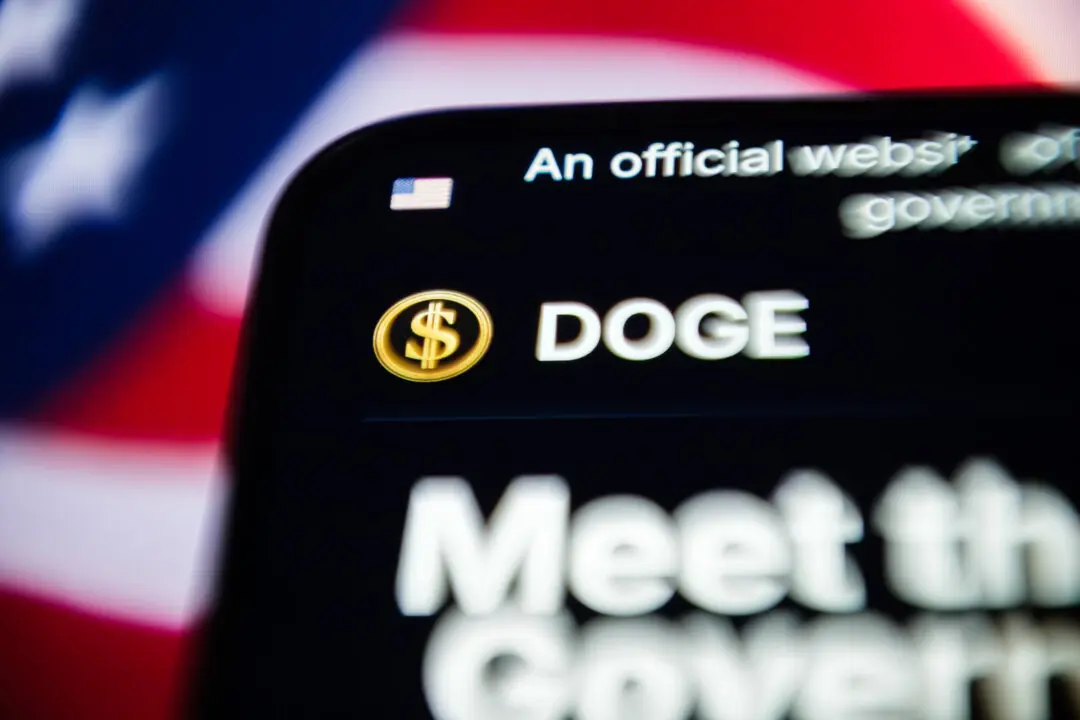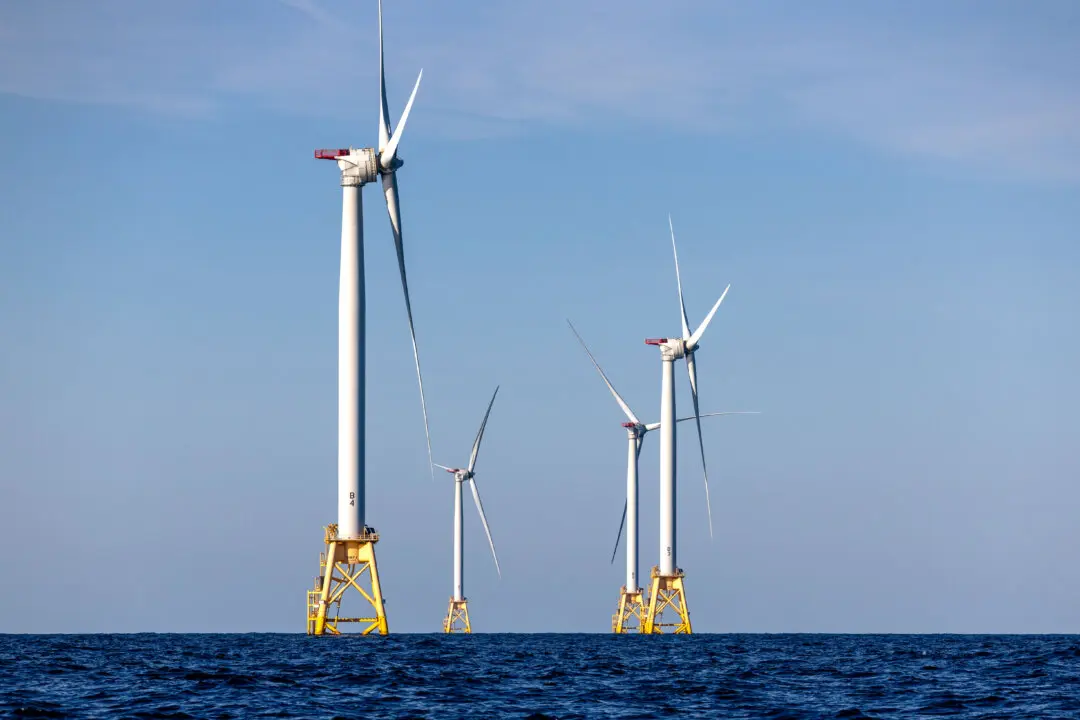President Joe Biden’s 2021 infrastructure bill boasts a $7.5 billion investment in electric vehicle (EV) chargers, and his administration insists the country is “on track” to install over a million public chargers by the end of the decade—but reports indicate that so far not a single one has actually been built.
A key part of the Biden administration’s push to reach net-zero emissions by 2050 is to sharply expand the nation’s charging infrastructure for plug-in EVs in order to align with President Biden’s goal of having half of all new vehicles sold in the United States to be electric by 2030.
